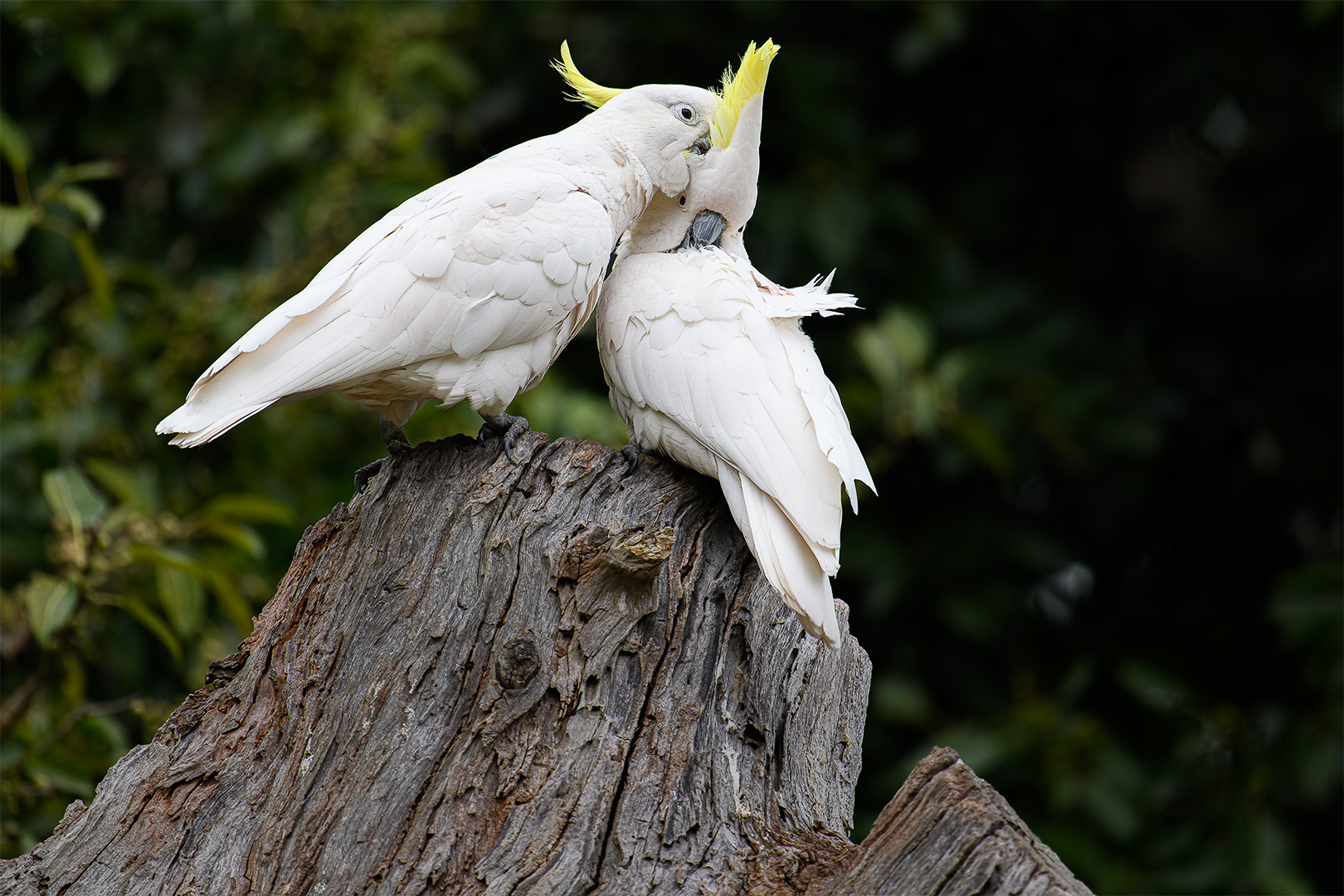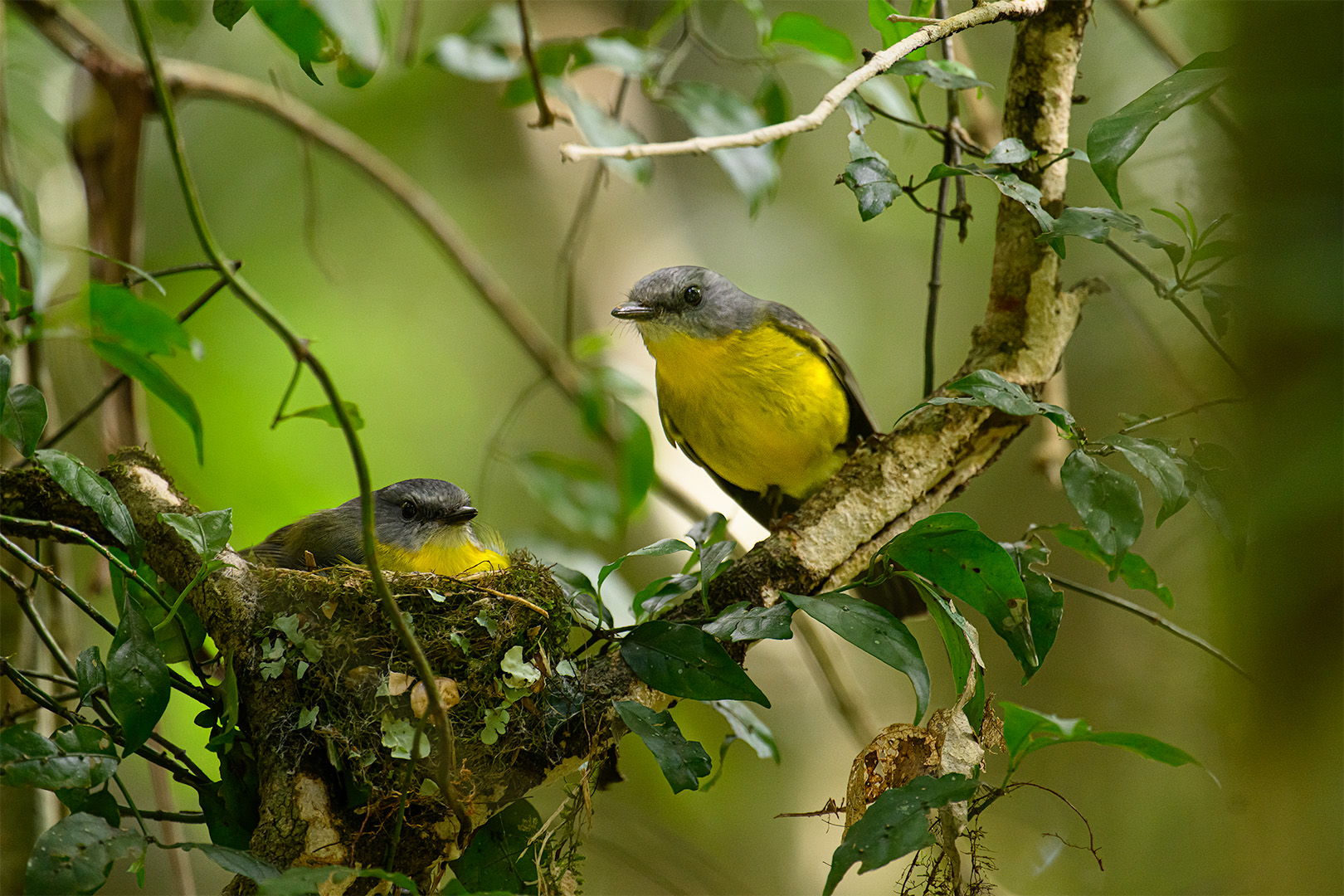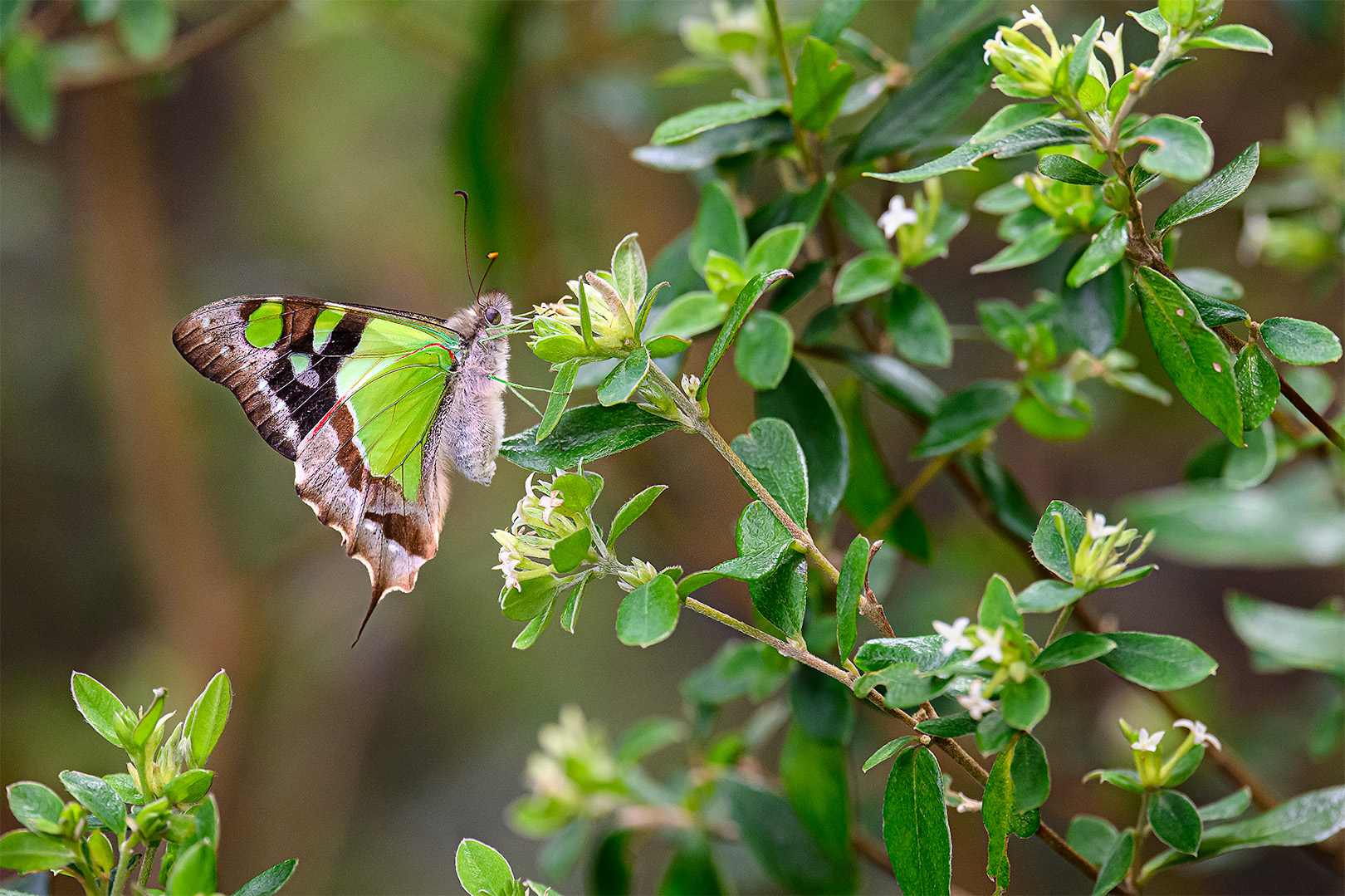
It was our last day in Alaska. The rain, which had spit at us a little each day, arrived in a steady sprinkling. In the hope of finding Moose to photograph, we visited Russian Jack Springs Park in the middle of Anchorage. Our visits to Chugach State Park the previous three days in search of Moose to photograph were not as productive as we had hoped. We saw Moose each day but never got glass on them. On our third day we even set out before sunrise in the dark hoping to arrive at German Bridge early enough to find the few Moose that had been reported to be there at that time. But, hikers ahead of us had dispersed them and they had disappeared into the hemlocks by the time we arrived. We did have a close encounter with a cow, a calf, and a bull on the road to German Bridge but it was still too dark to photograph them and they, too, quickly disappeared up the mountainside. Our walk through Russian Jack Springs Park also produced no Moose, at least none of the four-legged variety. However, some bright red berries with raindrops caught our attention. As fate would have it, the berries are known as Moosewood Viburnum berries (also known as highbush cranberry). So, we still photographed moose in a way, although flora not fauna.


















